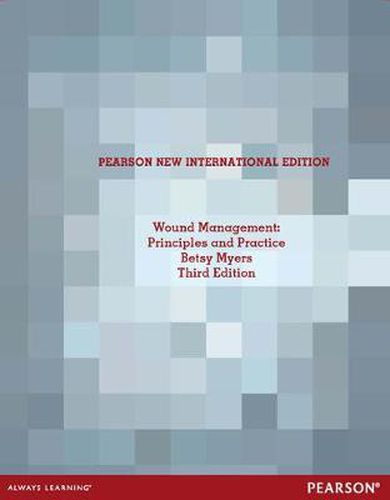Readings Newsletter
Become a Readings Member to make your shopping experience even easier.
Sign in or sign up for free!
You’re not far away from qualifying for FREE standard shipping within Australia
You’ve qualified for FREE standard shipping within Australia
The cart is loading…






For physical therapy education programs covering wound management; and for clinicians (including PT, PTA, OT, and nursing) involved in treating patients with - or at risk for - open wounds or lymphedema. This is the most complete, up-to-date wound management learning resource for clinicians and students. It first reviews the basic science of wound care, including normal tissue anatomy, wound healing, and factors that adversely affect healing. Next, it covers examinations and interventions for patients with open wounds, including holistic patient management. It then focuses on specific wound types, including arterial and venous insufficiency ulcers, pressure ulcers, neuropathic ulcers, and burns. Pedagogical tools include: key terms, chapter objectives, tables, figures, photographs, checkpoint and review questions, extensive documentation practice, and detailed case studies. This edition is extensively updated for current research and practice, and adds new coverage of lymphedema and billing/documentation, as well as a new website containing many new learning resources.
$9.00 standard shipping within Australia
FREE standard shipping within Australia for orders over $100.00
Express & International shipping calculated at checkout
For physical therapy education programs covering wound management; and for clinicians (including PT, PTA, OT, and nursing) involved in treating patients with - or at risk for - open wounds or lymphedema. This is the most complete, up-to-date wound management learning resource for clinicians and students. It first reviews the basic science of wound care, including normal tissue anatomy, wound healing, and factors that adversely affect healing. Next, it covers examinations and interventions for patients with open wounds, including holistic patient management. It then focuses on specific wound types, including arterial and venous insufficiency ulcers, pressure ulcers, neuropathic ulcers, and burns. Pedagogical tools include: key terms, chapter objectives, tables, figures, photographs, checkpoint and review questions, extensive documentation practice, and detailed case studies. This edition is extensively updated for current research and practice, and adds new coverage of lymphedema and billing/documentation, as well as a new website containing many new learning resources.